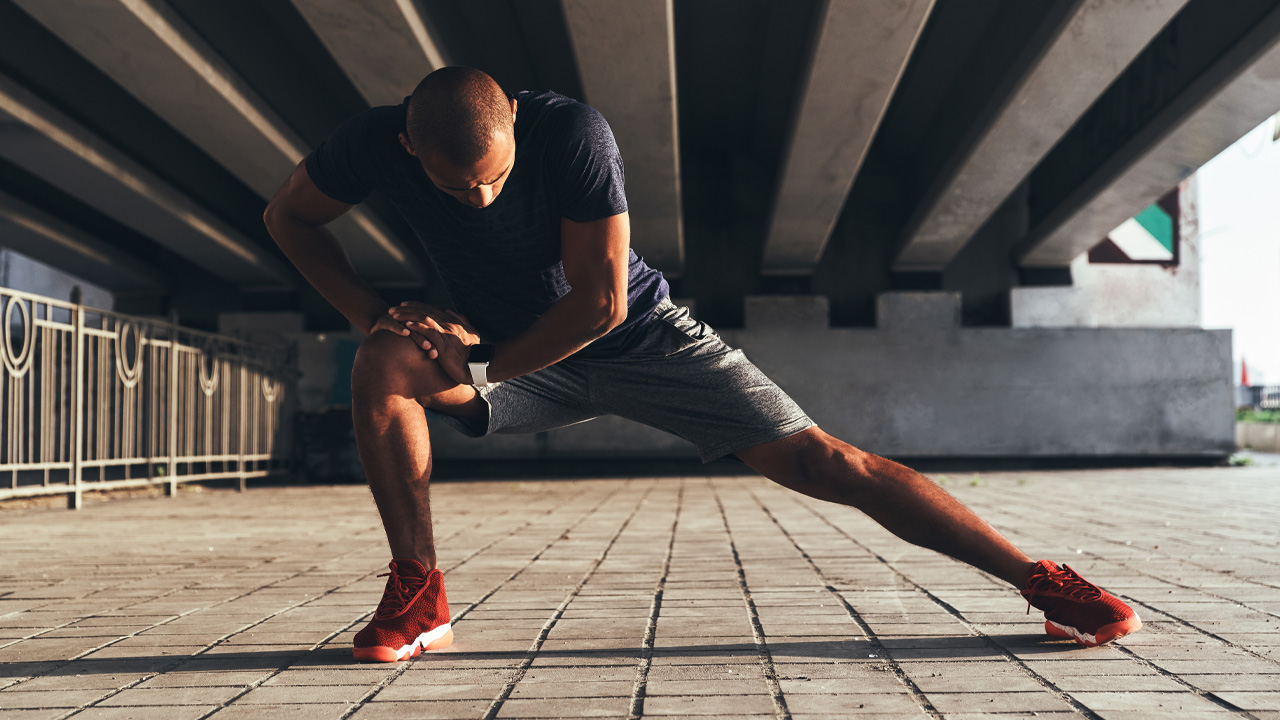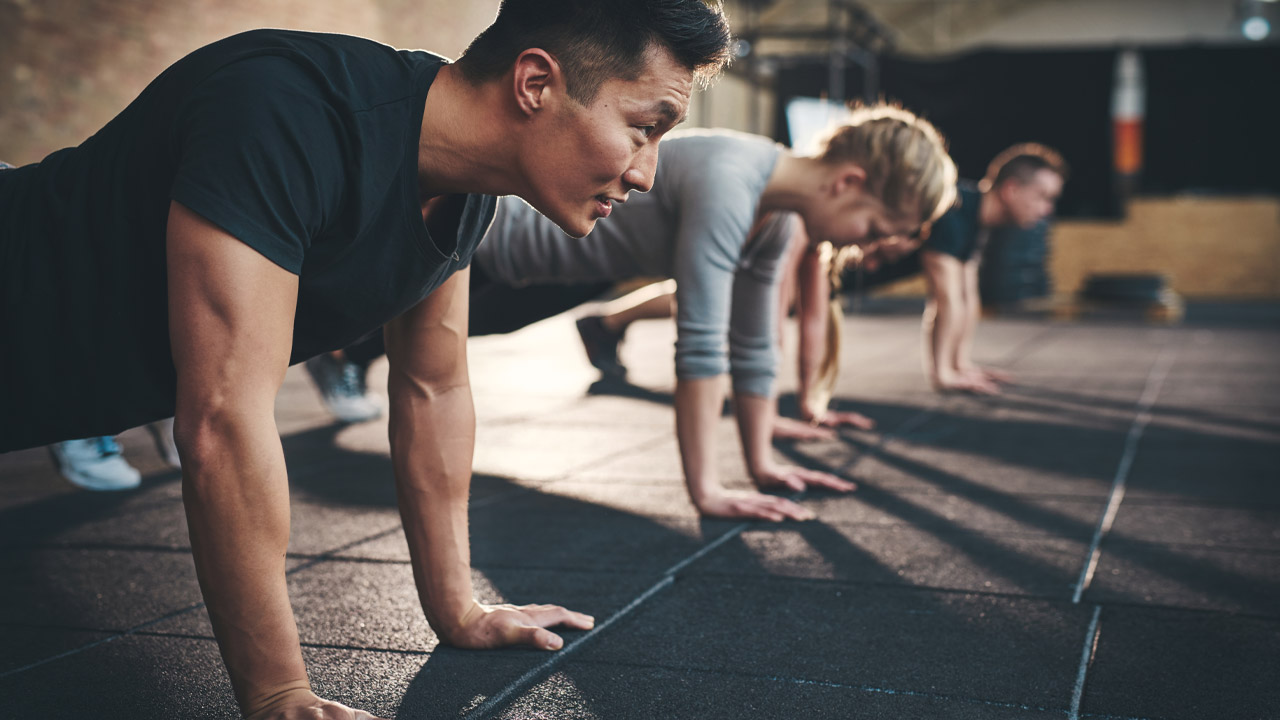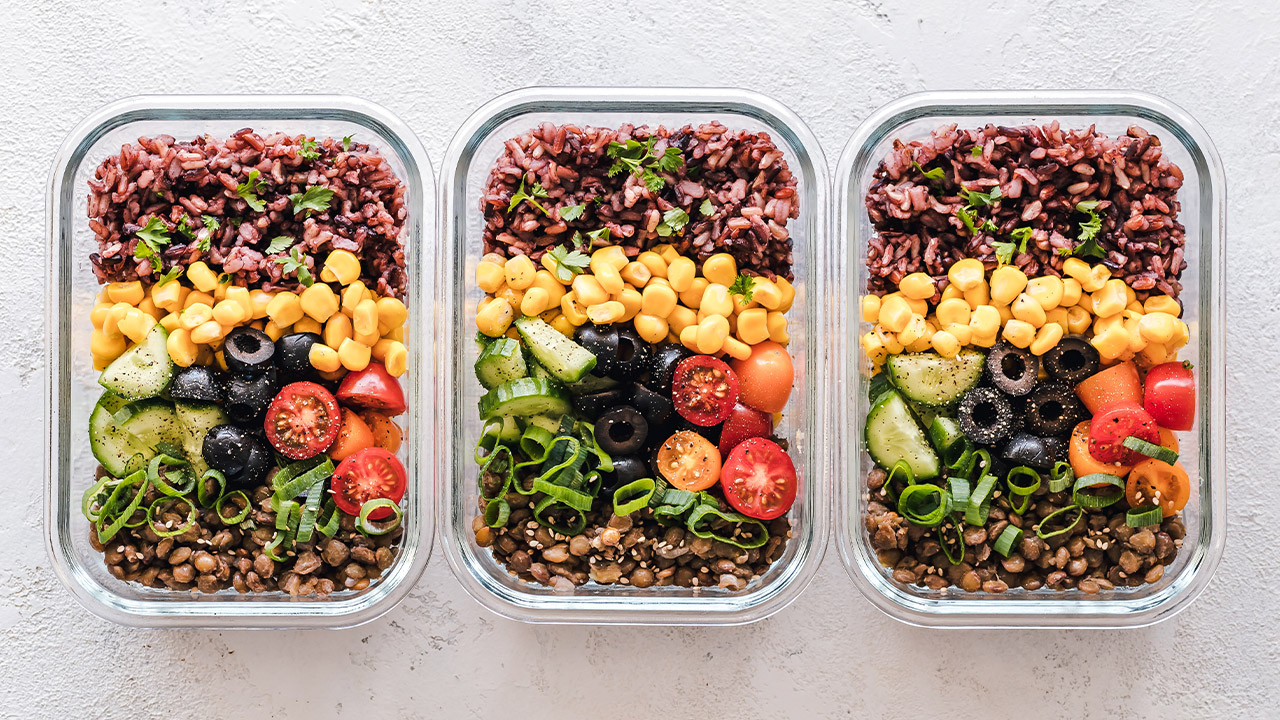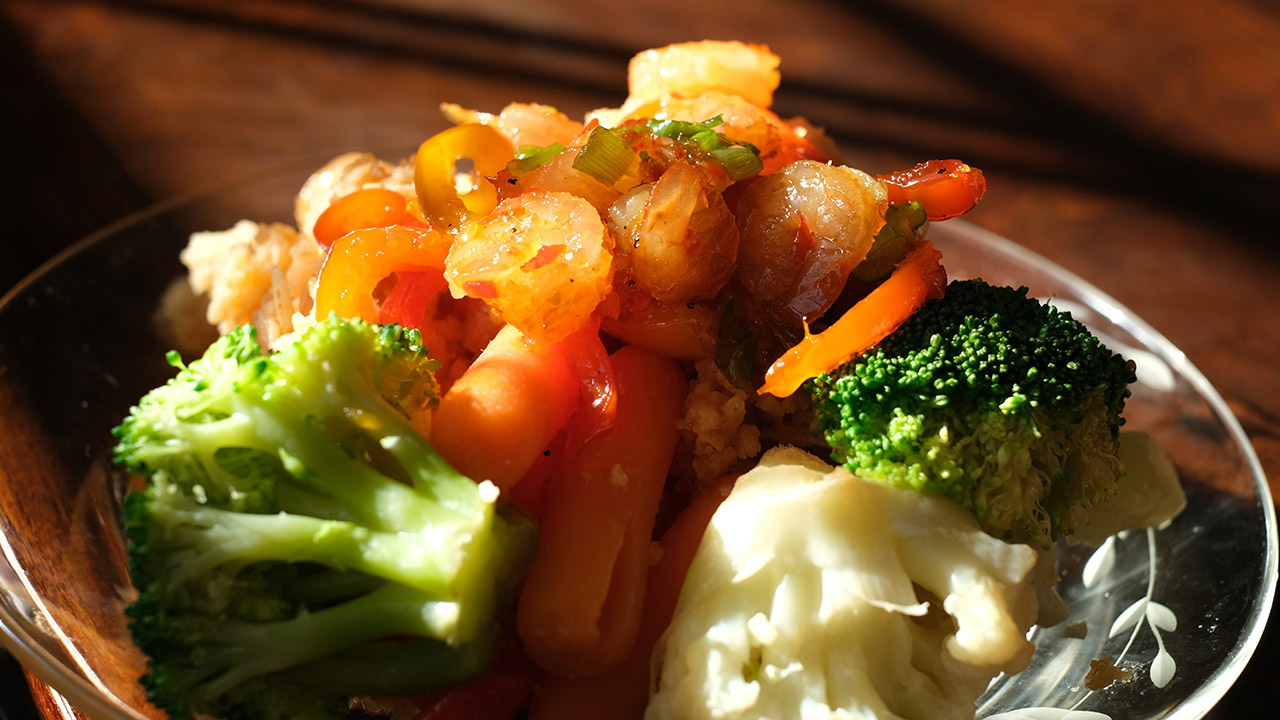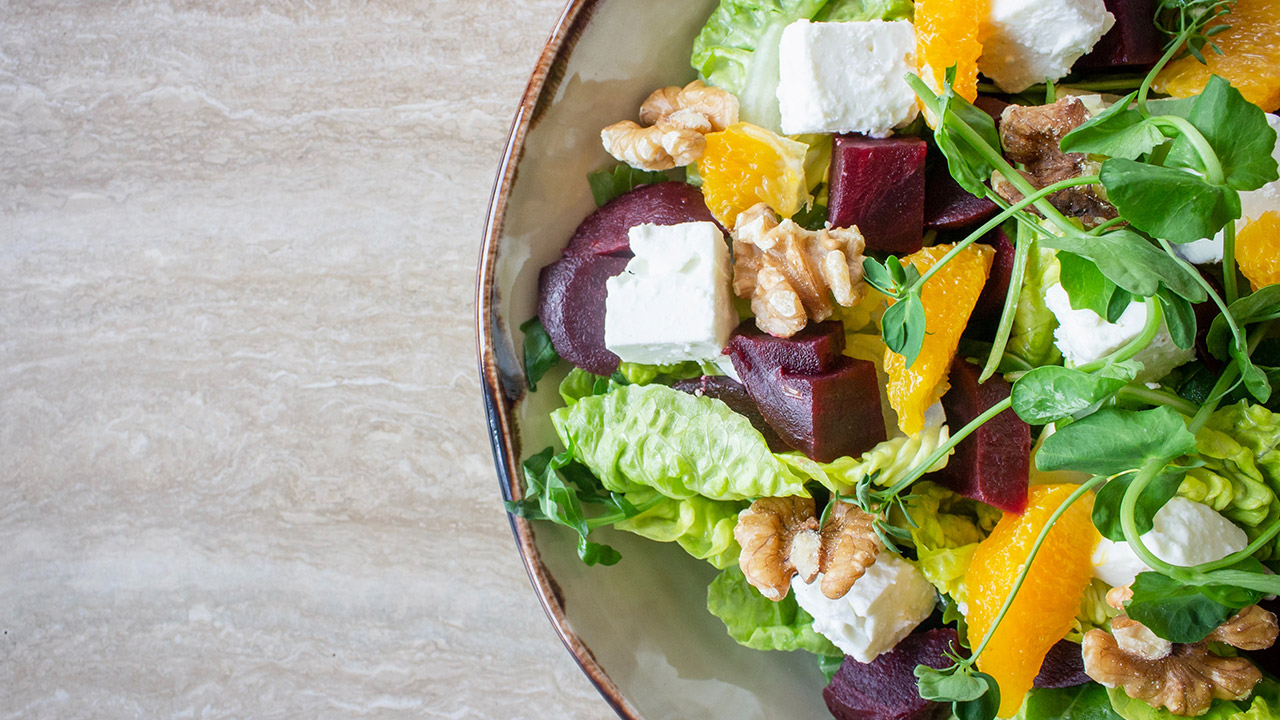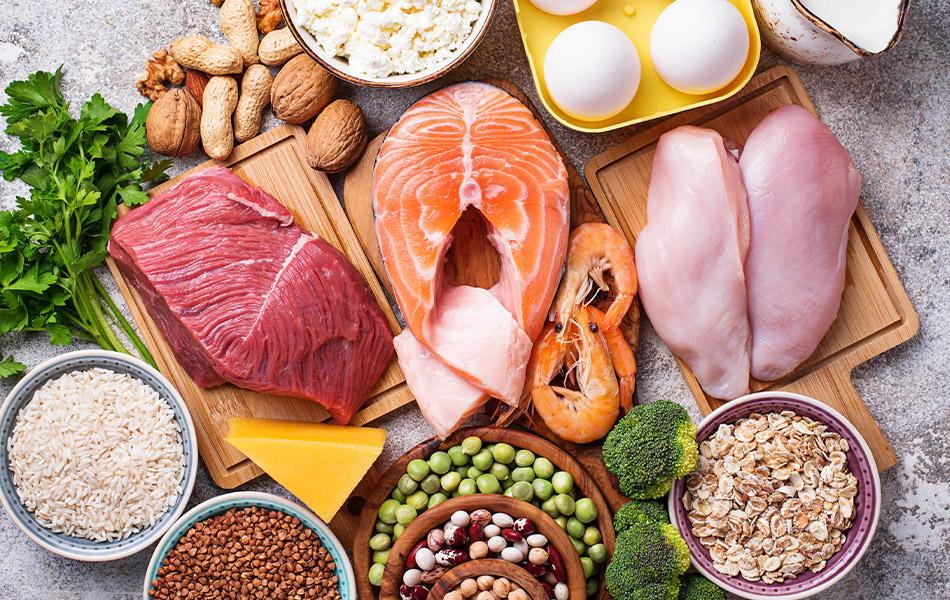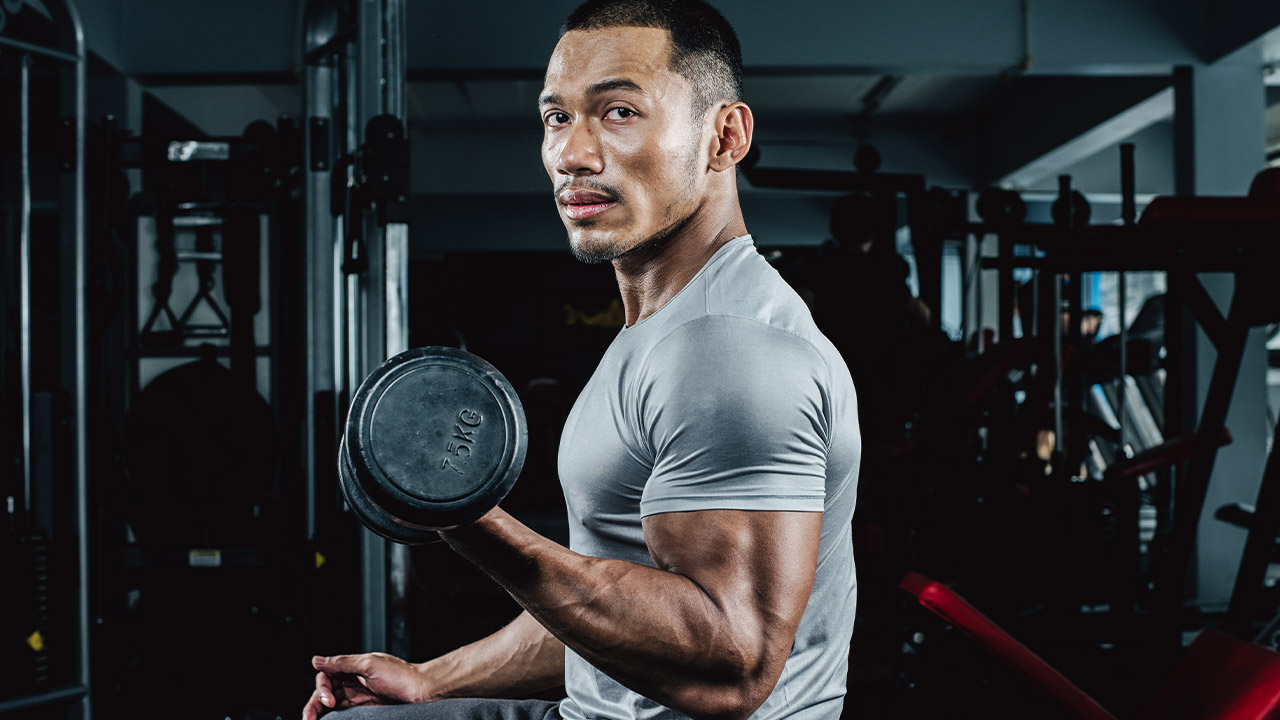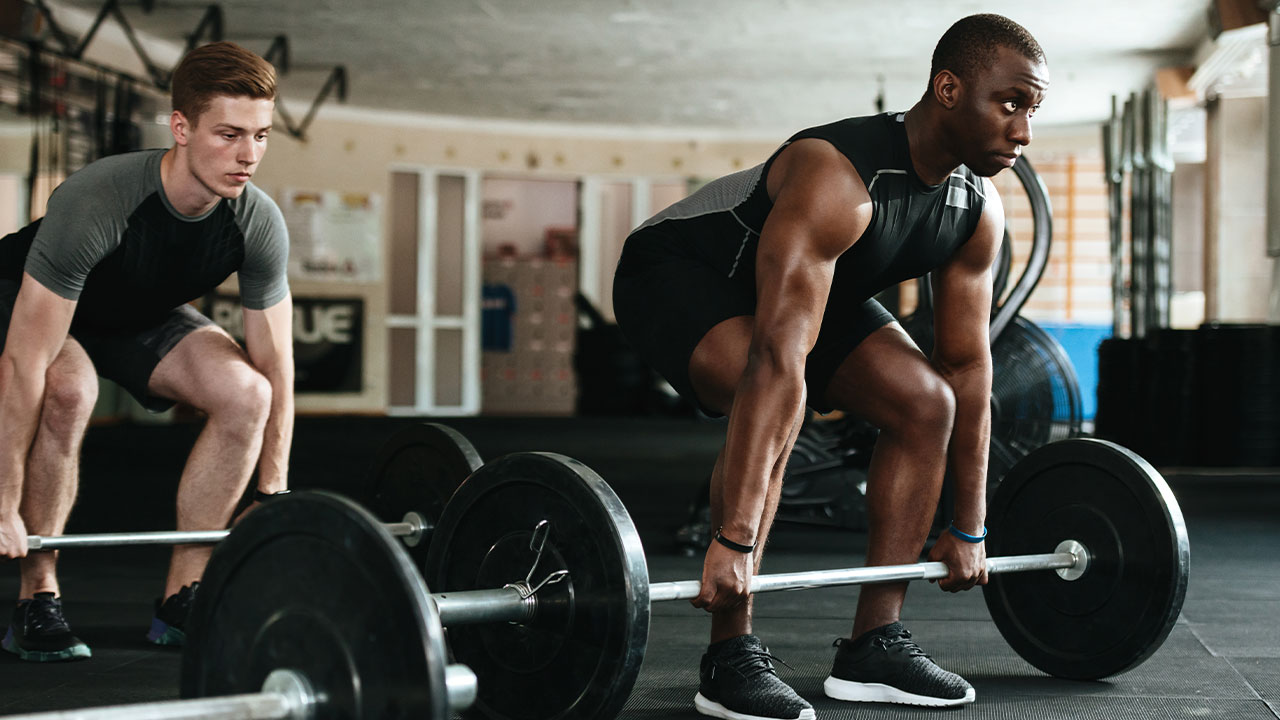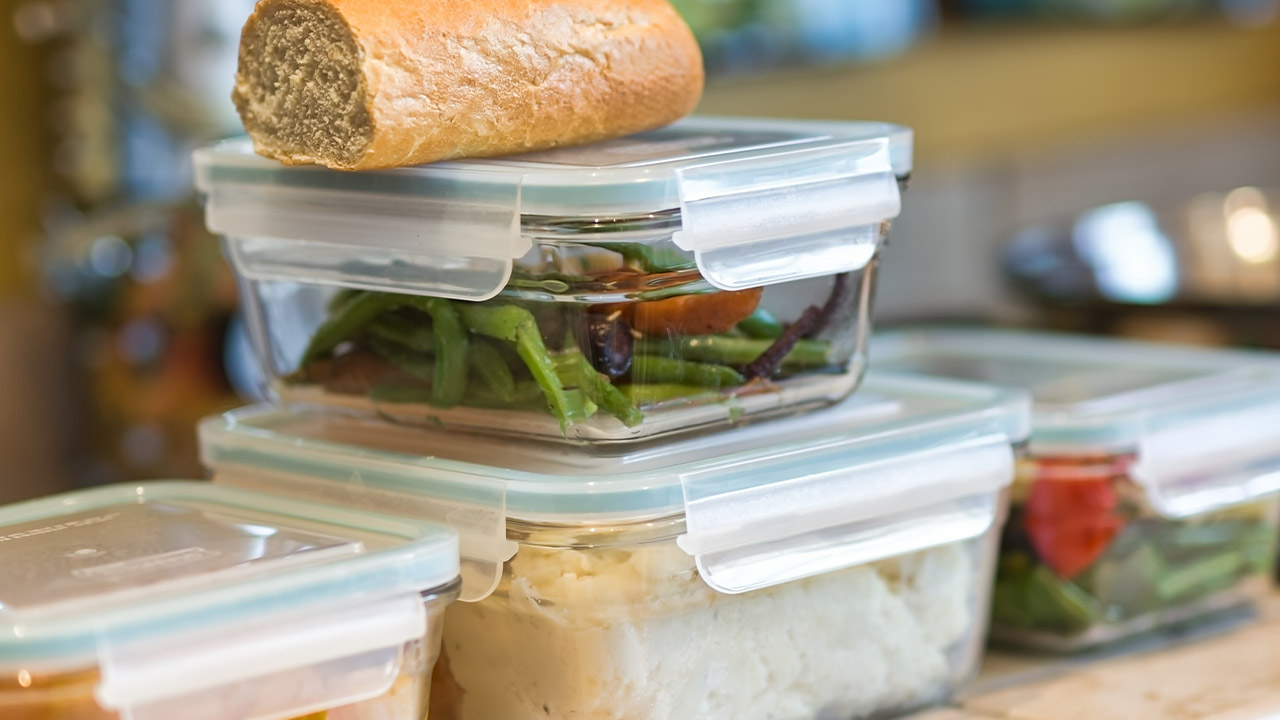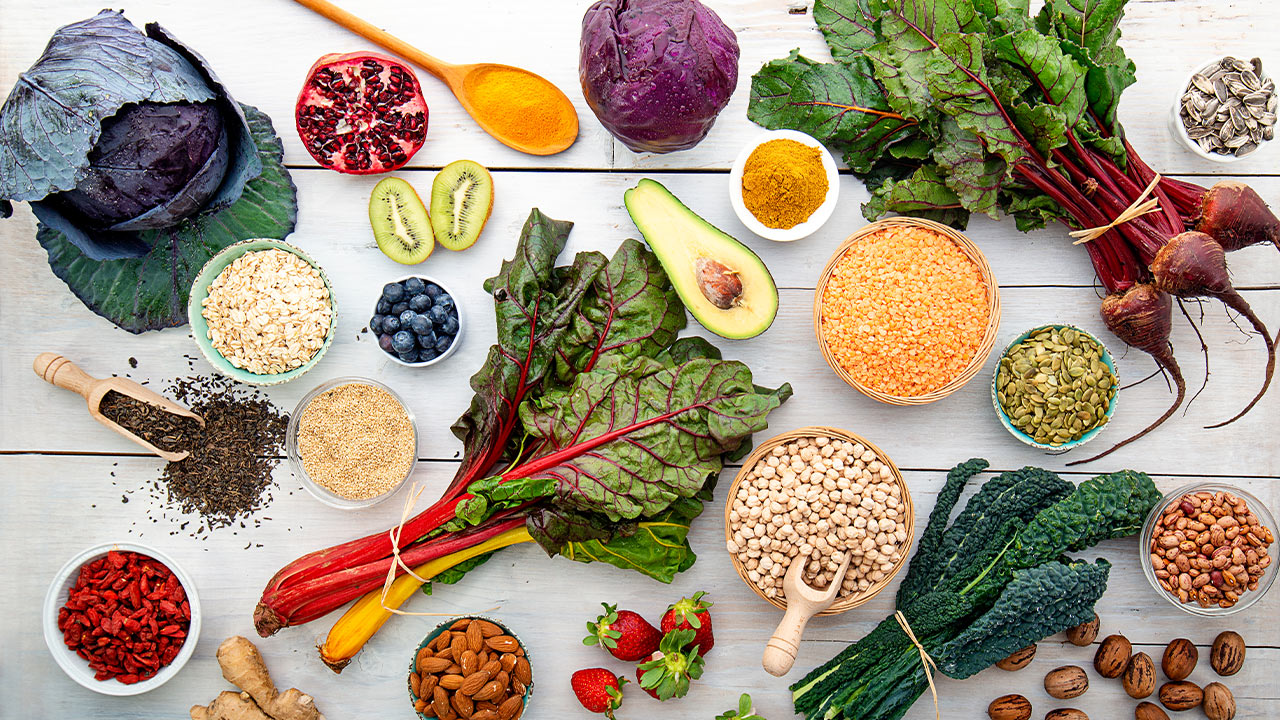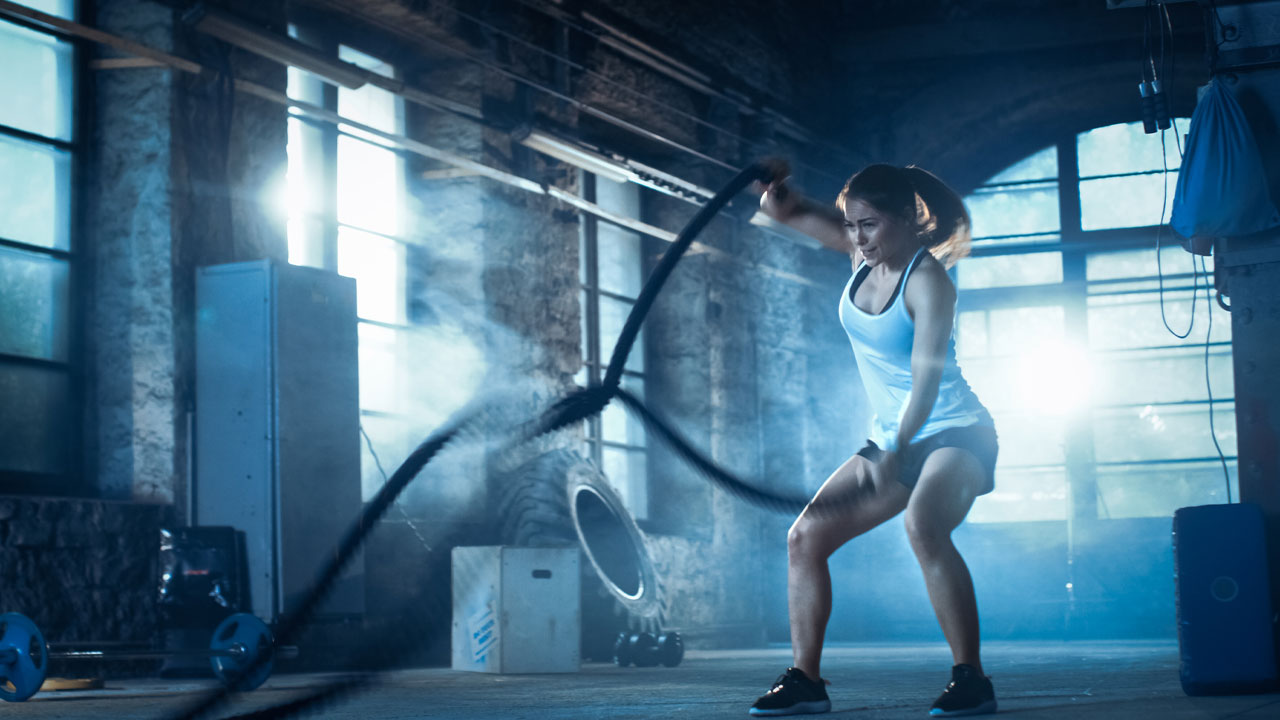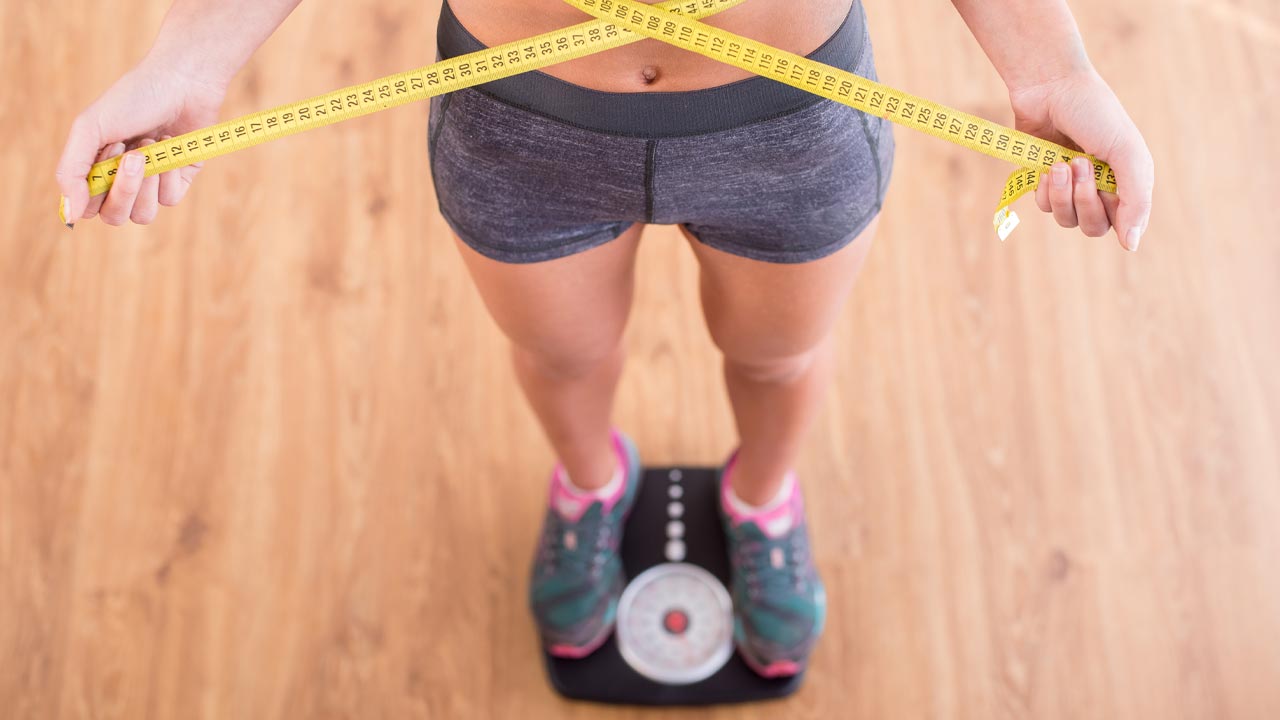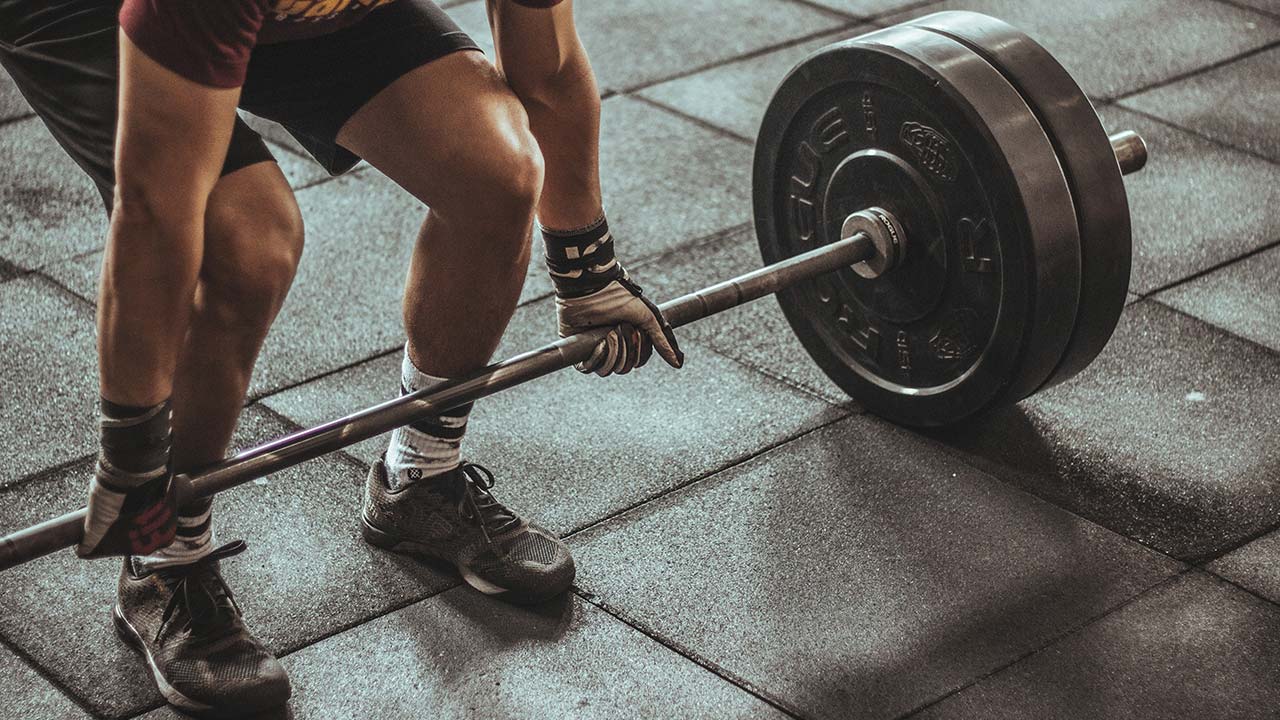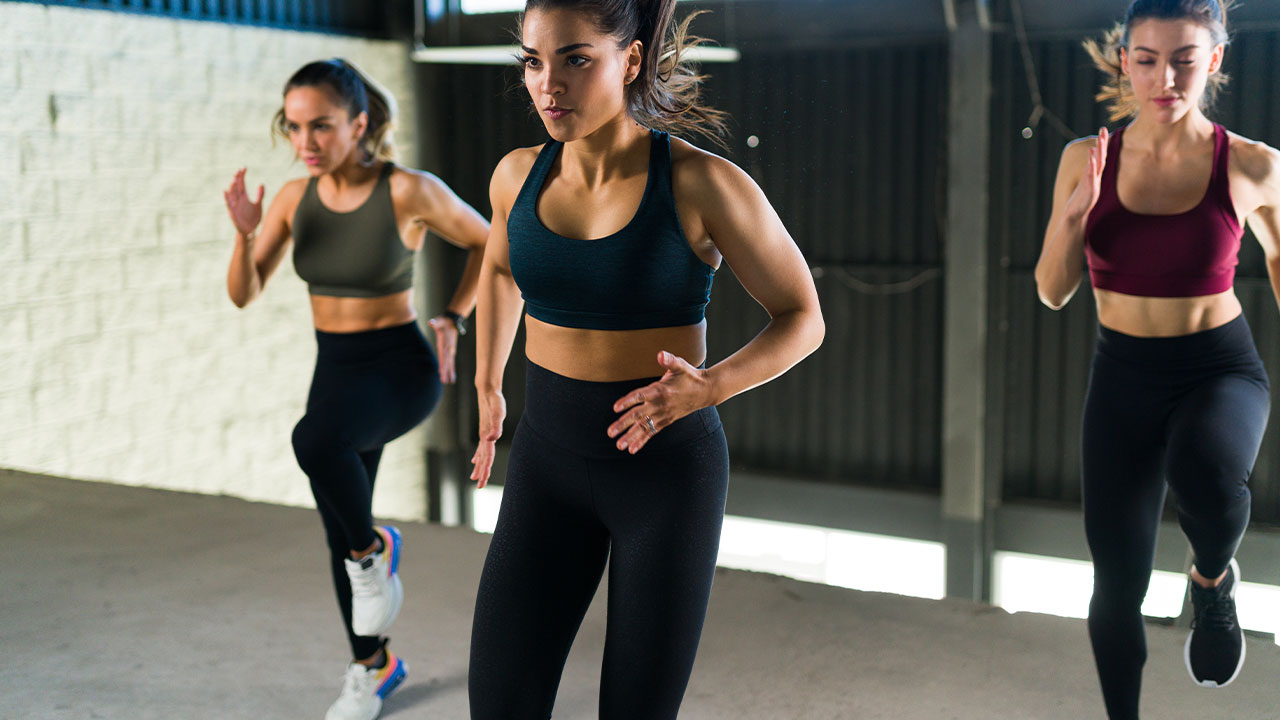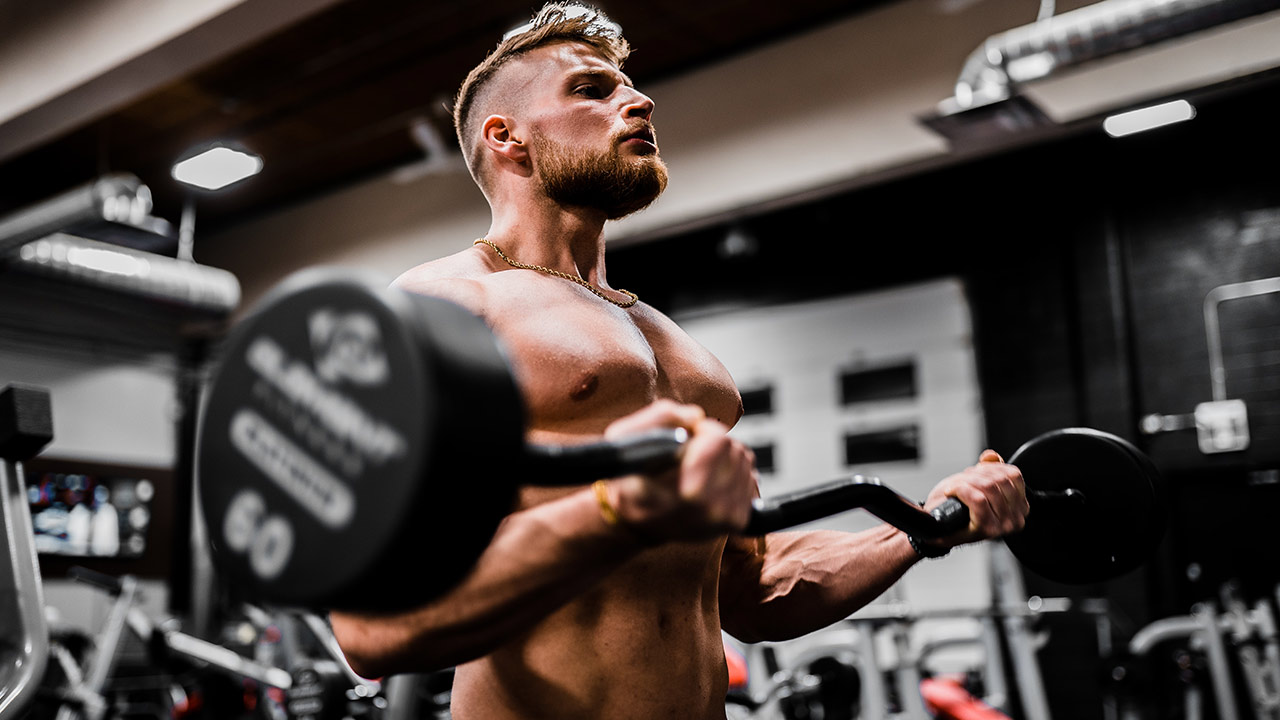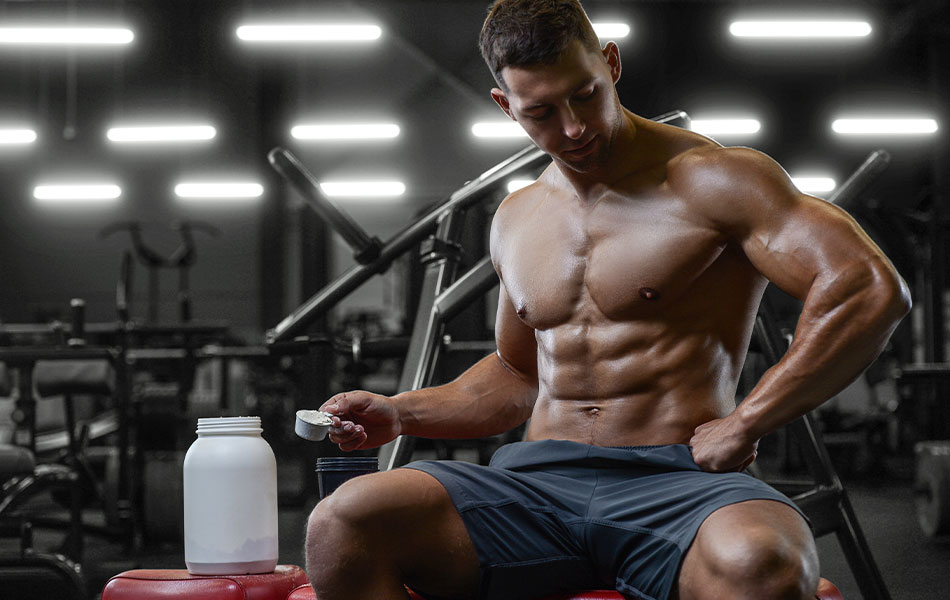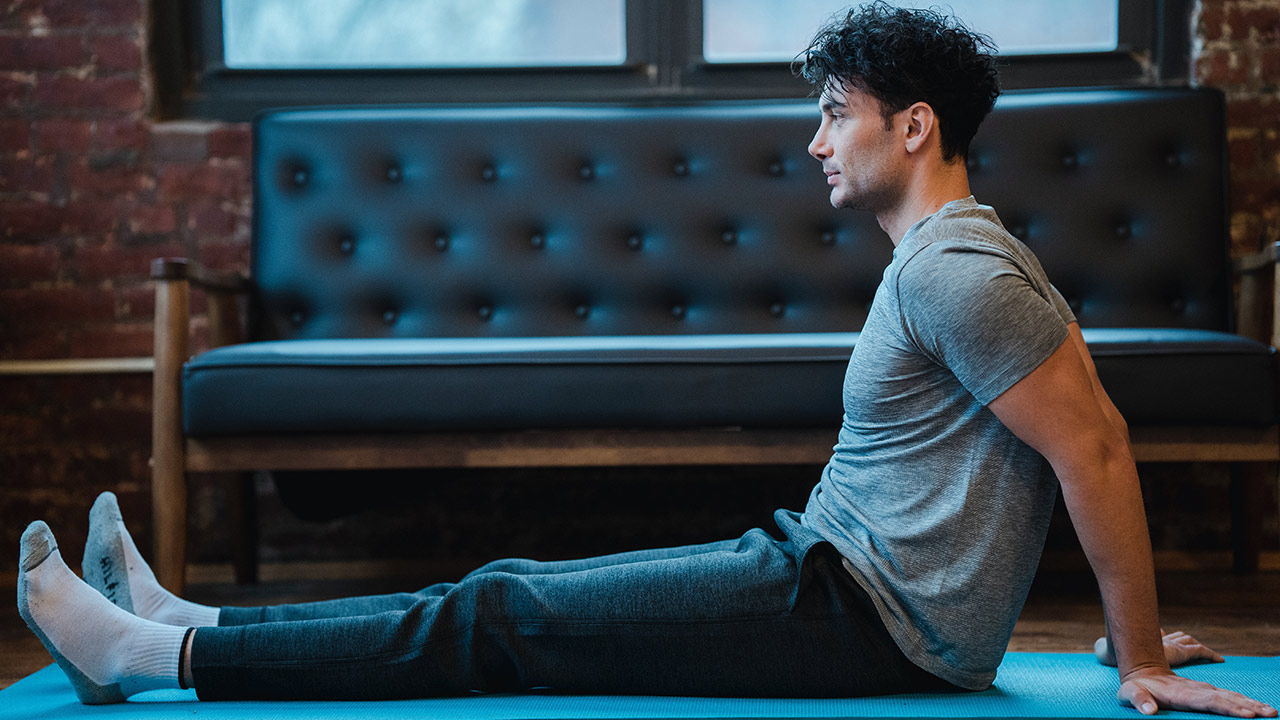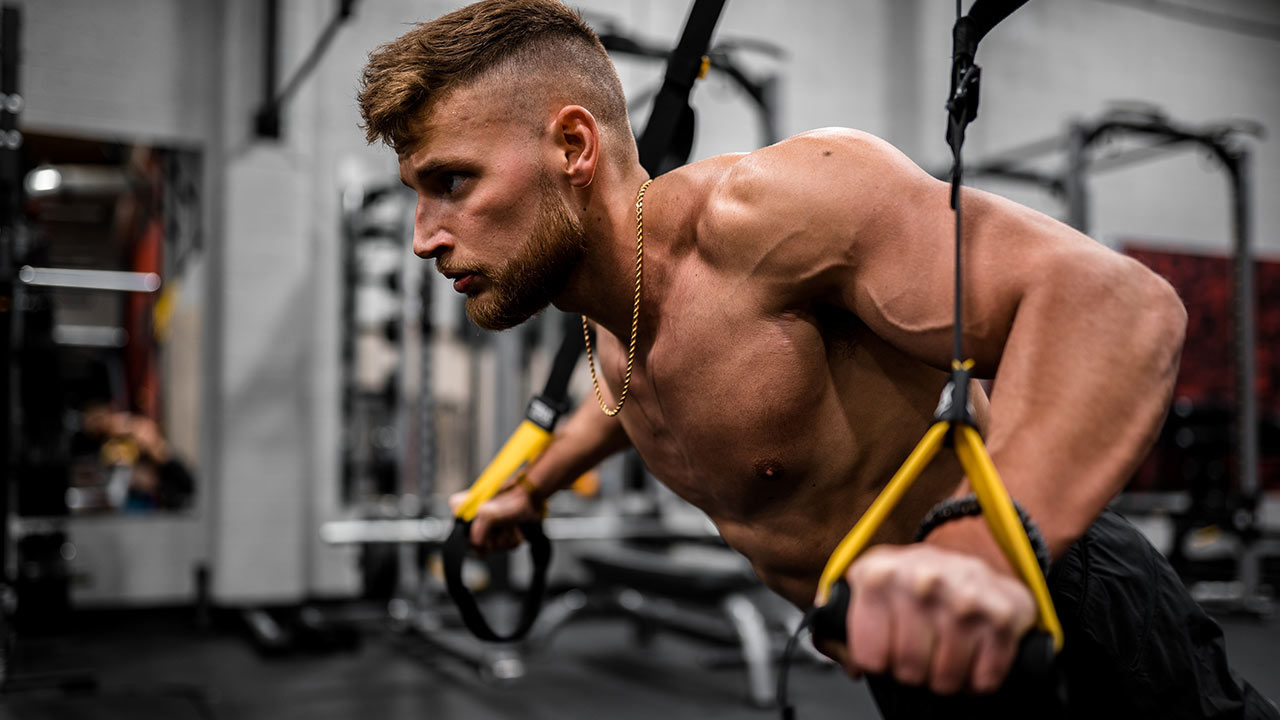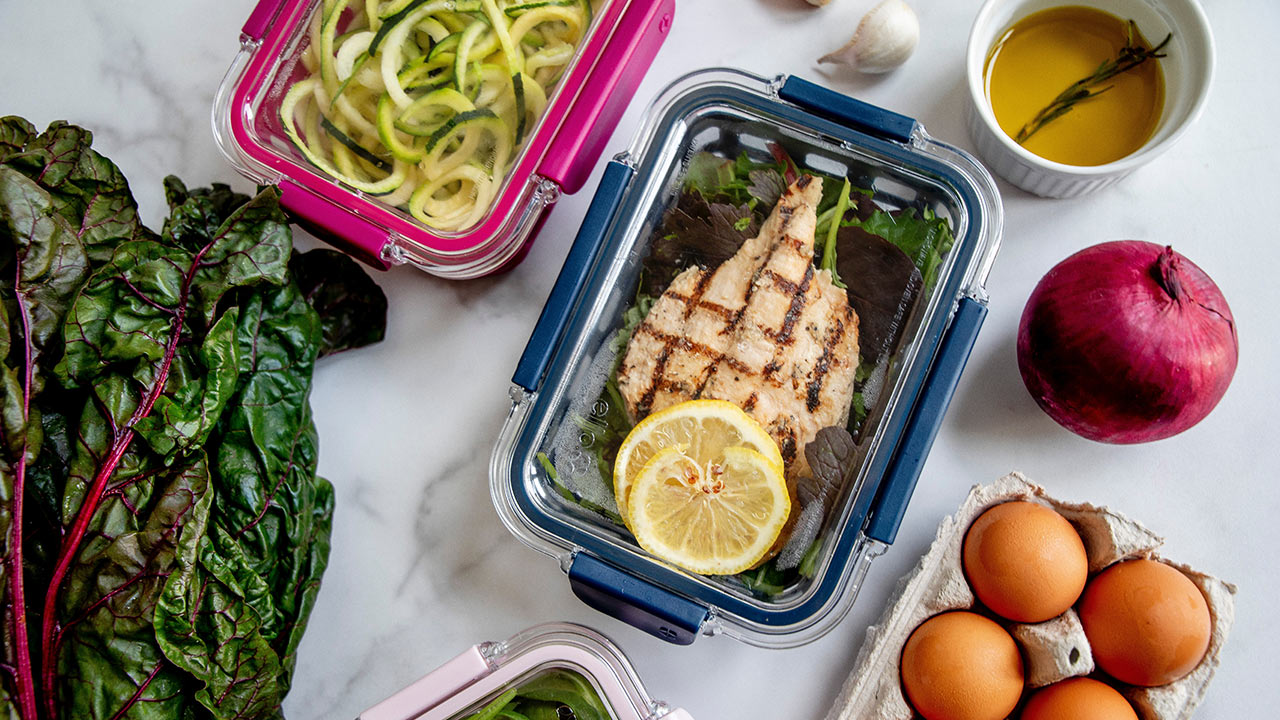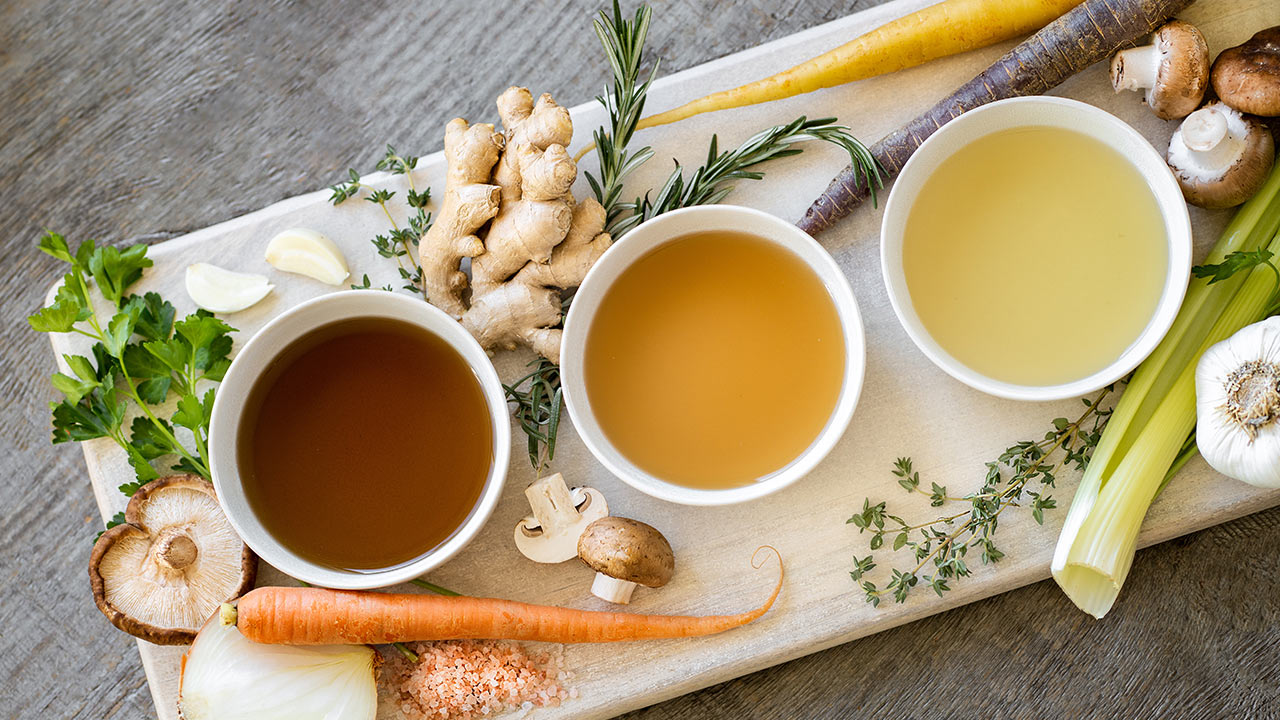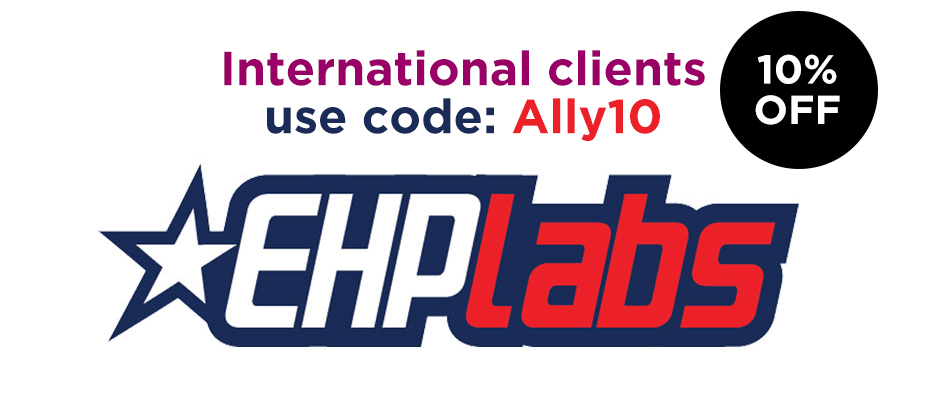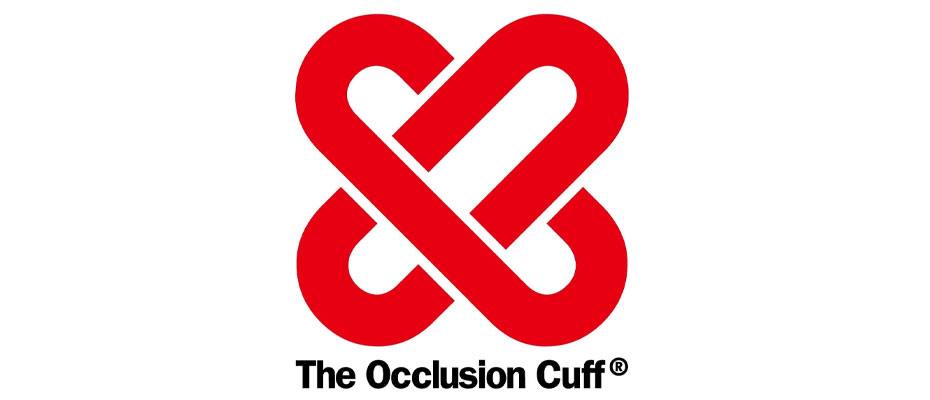The Benefits of Wearing Compression Clothing While Working Out
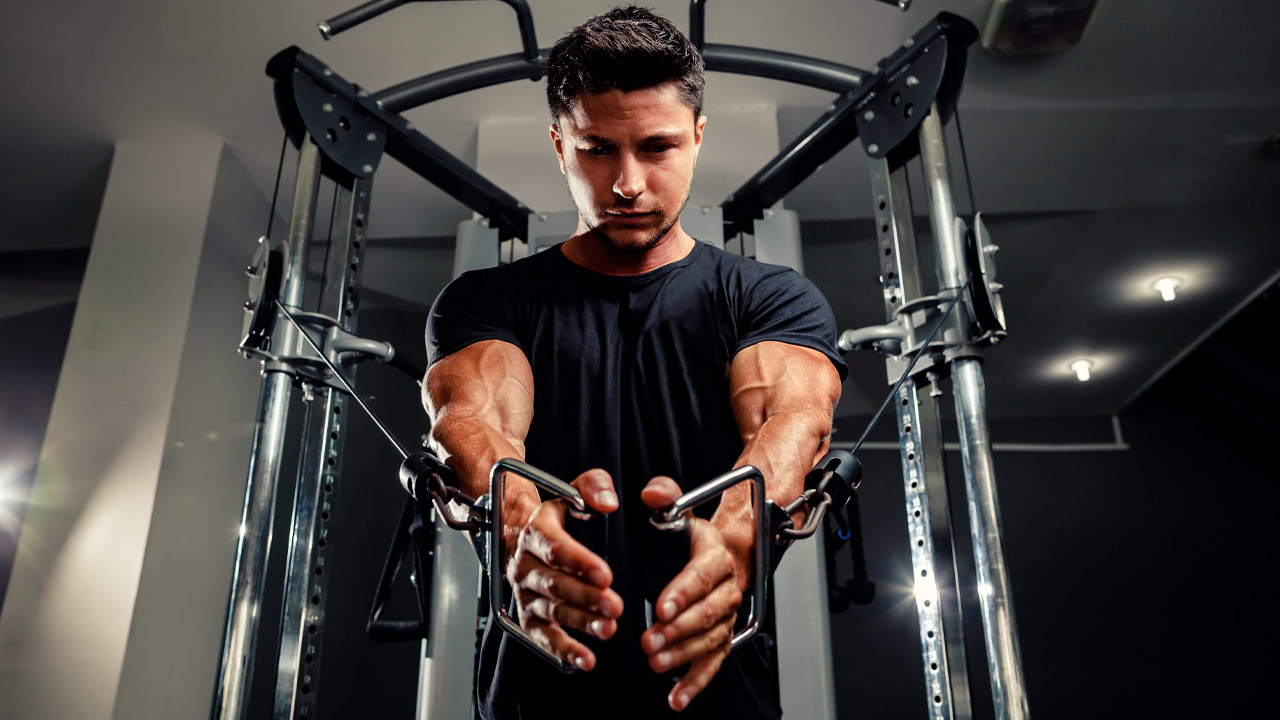
Hey Angels and Alphas,
When you’re working out at the gym, running around playing sports, or doing housework, chances are you’re wearing some sort of compression clothing to keep your body feeling healthy, happy and energized. Compression clothing doesn’t just make you look good on the outside; it can have several benefits to your body by preventing injuries and improving performance in your everyday life. Read on to learn more about the benefits of wearing compression clothing while working out!
What is compression clothing?
Compression clothing is designed to help reduce muscle soreness, and improve blood flow. These garments are normally made from materials such as nylon and spandex that provide comfortable support, wick sweat away from the body, and reduce chaffing. The result is that you can perform your best on race day or in the gym, without worrying about discomfort or chafing.
Compression clothing is also great for people who have sensitive skin or those who are prone to bruises. It’s a great way to protect yourself when you are working out, running a marathon, or competing in any other sport where there is a risk of getting injured.
How does it work?
Compression clothing is designed to promote circulation, wick moisture away from the body, and prevent chaffing. When you wear it while working on a treadmill or stationary bike, it will help to elevate your heart rate while you’re training. The material of the clothes will also create a slimming effect that can make you feel more confident in your workout gear. You’ll be able to work out harder and longer knowing that you’ll have less soreness afterward.
What are the benefits?
Compression clothing has many benefits. It is well-known to increase blood flow and decrease recovery time which can result in higher levels of performance. Another benefit is that it can help minimize the risk of injury by improving muscle support and stability, keeping muscles warm, and reducing wear and tear on muscles. Finally, compression clothing can be worn for a variety of activities including running, weight training, cycling, swimming, skiing or any other activity where you might want increased muscle support.
How do I choose the right size?
One of the first things to consider when choosing a size is your weight and whether or not you want the clothing to be tight fitting. If you are looking for something that is tighter fitting, it’s important to choose one size smaller than what you would normally wear. If you want something looser fitting, it’s best to go two sizes bigger than your normal size.
Another thing to think about is where the compression clothing will be worn on your body. For example, if you are buying shorts with compression pants for running, going one size bigger in shorts and one size smaller in pants will usually provide a good fit.
How do I care for my compression clothing?
One of the most important things you can do for your compression clothing is to wash it. It’s recommended that you wash your compression clothing after every use, but if you can’t, then make sure to at least wash it after a week. The first step in washing your compression clothes is to either turn them inside out or take off any labels so they don’t get caught in the washer. If you are using a top-loading machine, wash your clothes on cold and then dry on low heat. If you are using a front-loading machine, we recommend washing on hot and drying on medium heat. When it comes time to dry, we recommend that you always hang up your clothes instead of putting them in the dryer so they don’t shrink and get damaged.
Conclusion: is training with compression clothing beneficial?
Yes, wearing compression clothing while training can make a big difference in your workout. The benefits range from increased blood flow to faster muscle recovery and reduced risk of injury. You’ll also be able to train harder for longer without feeling the effects too much since you’re more protected. The only downside is that it can get expensive depending on the type you purchase and what features are included with it. If you’re serious about working out, though, I highly recommend investing in some high-quality compression clothing so that you can reap all the benefits!

